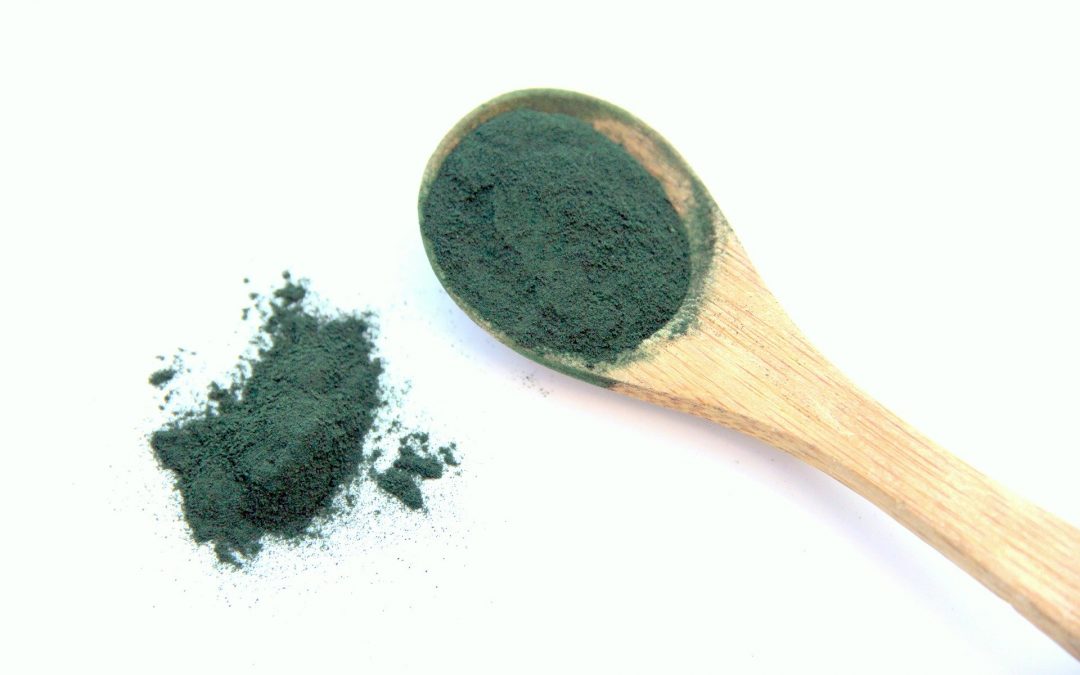La spiruline, une consommation ancestrale.
La spiruline est âgée de 3 milliards d’années, elle est l’une des toutes premières formes de vie sur notre planète.
Son nom de spiruline vient de sa forme spiralée que l’on peut observer au microscope. Par la photosynthèse, elle produit de l’oxygène et rejette du gaz carbonique, jouant un rôle fondamental dans l’apparition de la vie sur Terre. Connue par le monde occidental depuis les années 70, elle est consommée de manière traditionnelle par des sociétés humaines variées depuis des temps bien reculés.
Nous savons que les Aztèques consommaient de la spiruline. Les conquistadores espagnols rapportent de leur voyages au Mexique que ceux-ci « récoltent une sorte de boue bleue-verte qui stagne sur les eaux des lacs de Mexico. Puis ils la font sécher pour en faire des sortes de galettes qu’ils consomment. » La spiruline ainsi fabriquée s’appelait le « tecuitlatl ».
En Afrique, dans la région du Kanem, au nord-est du Tchad, les femmes Kanembous récoltent à la surface de certains lacs une sorte de substance vert émeraude : la spiruline. De tout temps, les populations du lac Tchad ont consommé cette spiruline séchée et conservée sous forme de galette (dihé). La spiruline s’accorde idéalement avec la boule de mil, base alimentaire de cette région.
Finalement, l’Occident a « découvert » la spiruline assez tardivement, dans les années 40-50, au hasard de quelques communications ponctuelles de botanistes ou anthropologues voyageurs, comme le professeur Creac’h ou le cinéaste et écrivain Max Brandilly. Dans les années 70, le premier grand promoteur de la spiruline, le docteur Ripley D. Fox, encouragea à travers le monde l’implantation de sites spécialisés de production (Chine, Inde, Pérou…) dans le but honorable d’apporter une réponse aux problèmes de malnutrition, notamment des enfants, dans les pays en sous-développement.
Les vertus d’un super-aliment.
La spiruline est un aliment précieux pour certaines populations africaines qui ont compris il y a bien longtemps tout l’intérêt de cette cyanobactérie. Sa principale qualité est d’apporter à l’organisme presque tous les éléments nutritifs nécessaires à son bon fonctionnement. Cela n’est pas un luxe dans nos sociétés occidentales contemporaines où une alimentation trop grasse et trop peu équilibrée nous prive parfois de ces éléments indispensable à notre santé.
D’un point de vue nutritionnel, la spiruline est d’une composition exceptionnelle. La microalgue est riche en protéines, en b-carotène, en fer assimilable, en acide g-linoléique et en vitamines B12. Surtout, elle est le seul aliment a contenir de la phycocyanine, principe actif de Spirulysat® réalisé par AlgoSource.
La spiruline contient 70% de protéines végétales assimilables, des acides-gras essentiels, des glucides et de nombreuses vitamines et minéraux.
D’un point de vu nutritionnel, sa composition est exceptionnelle. La spiruline contient des protéines, des vitamines, notamment B12, du beta-carotène, de l’acide g-linoléique, une bonne quantité de fer assimilable et surtout, il est le seul aliment qui contient de la phycocyanine.
L’absence de parois cellulosiques de la spiruline lui confère une digestibilité excellente, proche de 90%.

Un aliment riche et équilibré
- 50-70% de protéines végétales assimilables
- 5-11% de lipides: acides gras essentiels et sulpho-lipides
- 13-25% de glucides: polysaccharides sulfatés
- 4-0,8 % de caroténoïdes: provitamine A (b-carotène)
- 0,2% de vitamines: B12, E, PP, B1, B2, B3
- 10-16% minéraux : sodium, fer, calcium, magnésium, zinc, potassium
Grande qualité des protéines : excellente comparaison avec les protéines de l’œuf
Outre ses propriétés nutritionnelles exceptionnelles, la spiruline fait l’objet de nombreuses recherches dans le domaine médical depuis les années 80. L’espèce Arthrospira platensis, la plus consommée, a ainsi été largement observée et étudiée. Les études cliniques qui ont été réalisées sur la spiruline et certains de ses composants tendent à valider ses propriétés avantageuses pour nos modes de vie actuels. Des recherches scientifiques sont toujours en cours afin de mieux connaitre les mécanismes et les molécules impliquées qui valideront définitivement la haute valeur de la spiruline.
Cultiver la spiruline en Occident
L’avantage de la spiruline est qu’elle a la capacité de se multiplier afin d’augmenter sa masse avec trois éléments : l’eau, la lumière et le dioxyde de carbone. Eléments auxquels s’ajoutent quelques sels minéraux.
Au début, on la fait pousser dans des béchers, sortes de fioles qui permettent de conserver les souches que l’on a sélectionnées. Puis on transfère ces petites cultures dans des pots de plus en plus grands avant de les transvaser dans des bassins de culture appelés raceways car leur forme ressemble à celles des circuits automobiles ! Très utilisés en aquaculture, ils permettent d’avoir un écoulement continu de l’eau, agitée en permanence par une roue à aubes.
Les microalgues sont ainsi placées en flottaison dans un bassin relativement long et plat afin de bénéficier d’un maximum d’exposition à la lumière du soleil. L’eau des bassins n’est pas profonde afin que les microalgues puissent se répartir sur toute la surface disponible. Dans nos régions au climat tempéré, les bassins sont placés sous serres afin de garder une chaleur correcte nécessaire au développement de la spiruline.
Un second système plus technologique permet une culture de la spiruline beaucoup plus contrôlée. Il s’agit de la culture en photobioréacteur, qui permet de contrôler en permanence la température, le pH et la concentration des sels minéraux afin d’optimiser au mieux la croissance de la microalgue. Cette méthode permet aussi de limiter grandement de possibles contaminations externes et de favoriser ainsi la haute qualité de la spiruline produite.
L’un des enjeux de la culture des microalgues repose dans la conduite de celle-ci afin d’assurer sa qualité. Sans un contrôle permanent et attentif, les microalgues seraient en effet capable d’assimiler des éléments nocifs pour l’homme, comme les métaux lourds par exemple. Cette parfaite maîtrise de la conduite de culture est donc l’un des critères premiers qui doit guider le choix d’un fournisseur de microalgue.

